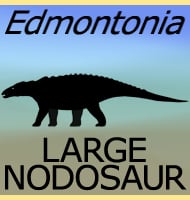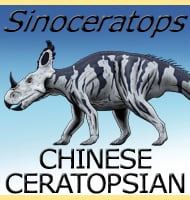Kulindadromeus
In Depth As far as the skeleton of Kulindadromeus is concerned, this genus was pretty much like any other small ornithischian dinosaur of the Jurassic. However, while most other ornithischian dinosaurs have been described from bones, extra fossils were available for Kulindadromeus, and these revealed a startling revelation: Kulindadromeus had a body that was covered … Read more

